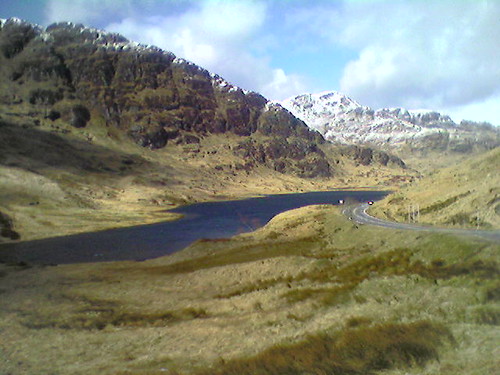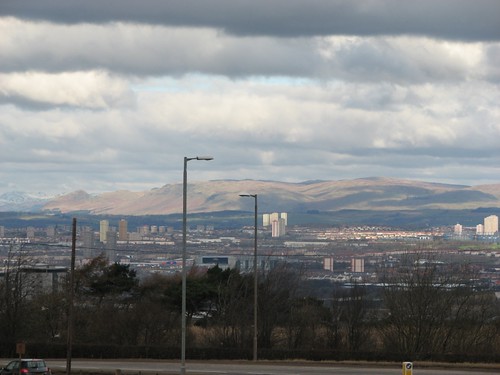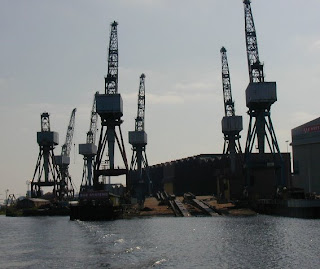Charley and His Holiness, The Dalai Lama
Categories: Urban, Environmental Hazards, Advanced Higher, s1 and s2
It's been a bit of a mammoth first day of the week. I'm sure that it's not only my head that is a fuzz from ruthlessly slashing words from the AH issues essays to fit the word count, a task, I feel, which is taking the focus off the study a bit. I know that there is all of April to go, but go it will, so please work hard through the holiday. I am fairly pleased with how the issues are looking now, and only some minor adjustments needed.
Higher had access to all the clips mentioned yesterday, briefly put on the pupil shared area, and we'll continue using these tomorrow to shape some kind of note about Glasgow Harbour. Managed to cover all the Glasgow (and beyond) residential areas, and all that's been neglected so far is New Towns, which I'll let Charley above cover tomorrow. Only really a couple of bits and pieces to tie up on the urban topic after this.
s4 finished watching the Hurricanes video today after being given more assessment info (do we over assess?), and we've set a target of having the case study finished tomorrow to allow a period of stop disasters on Thursday. That's assuming we don't get sidetracked in another discussion about the Dalai Lama (glad to see the interest in current affairs). Surprisingly enough, China, Tibet and the Olympics are being discussed on the news right now. s1 tomorrow will learn a little about Brazil's population, a topic which explains the great diversity of culture in events such as Carnival.















